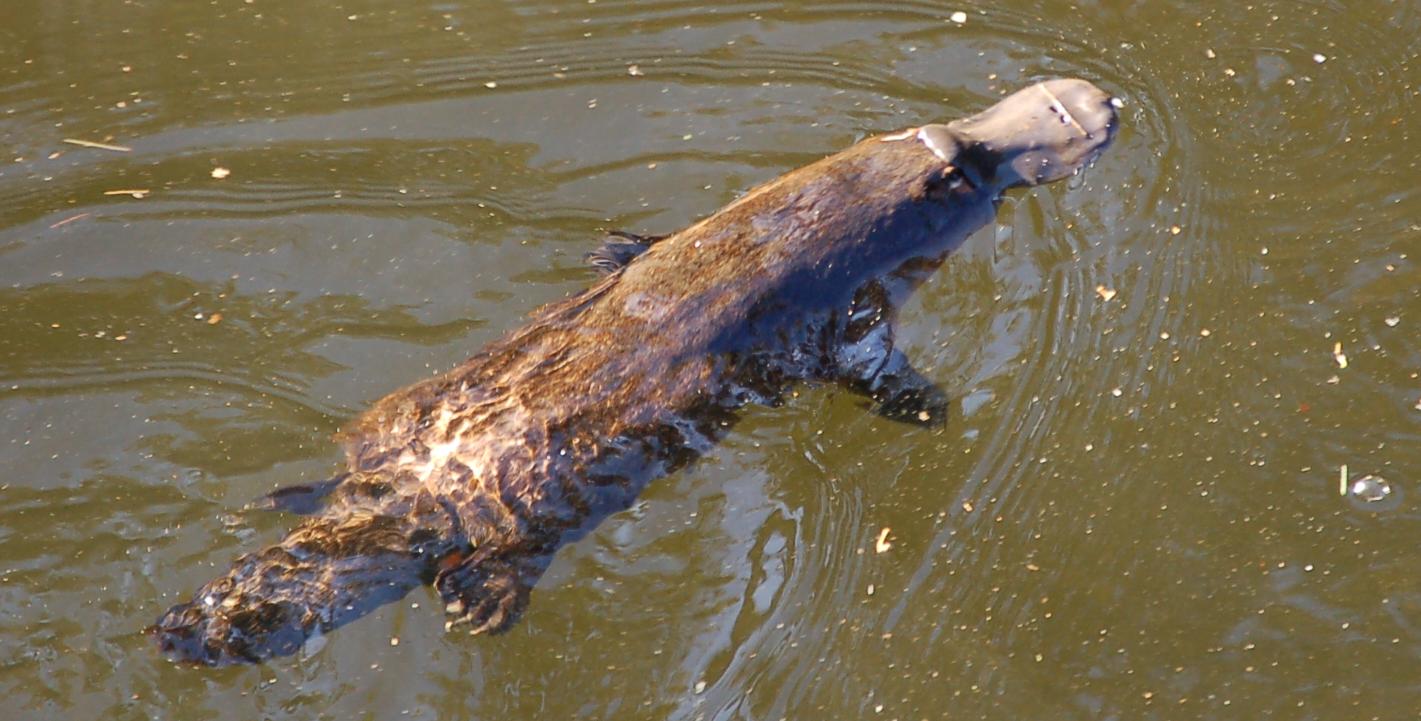
As a mammal that shares many characteristics with birds and reptiles, the platypus holds the key to unlocking some fundamental evolutionary mysteries. Since then, biologists have gone even further and found that it possesses a range of features that mean it is among the most unusual creatures on Earth.

It took more than 80 years just to work out how this animal fits into the tree of life. Today, most people just call it the platypus.

It was later referred to as the “paradoxical bird-snout” before being officially renamed Ornithorhynchus anatinus, meaning “duck-like bird snout”. In 1799, Shaw was the first to scientifically describe the creature, giving it the name Platypus anatinus, meaning “flat-footed duck”. “It naturally excites the idea of some deceptive preparation by artificial means,” he wrote.Īttitudes changed as more specimens arrived. However, when zoologist George Shaw at the British Museum examined sketches and specimens of the animal, he was sceptical. It was the late 18th century, Britain had just begun colonising Australia and the strange creature had been spotted by no less a figure than David Collins, founder of New South Wales. John Wible is the Curator of Mammals at the Carnegie Museum of Natural History.WHEN news reached London of a mole-like animal with webbed feet and a duck’s bill, many people thought it was a hoax. This primitive mode of birth was retained in living monotremes, but evolved into live birth in the common ancestor of placentals and marsupials. Given that monotremes, most reptiles, and all birds are oviparous, the common ancestor of mammals is thought to have been an egg-layer as well. This three-quarter-inch-long egg will hatch and grow into a house cat-sized animal. There I came across a model of the egg of a platypus, which was the inspiration for this blog. On a recent research trip to Edinburgh in the United Kingdom, I visited the mammal collection of the National Museum of Scotland.
DOES A PLATYPUS LAY EGGS SKIN
It crawls onto the mother’s belly in search of milk, which oozes from the skin surface, as monotremes don’t have nipples. The platypus is as fascinating on the inside as it is on the outside Among Australias most iconic wildlife, this semi-aquatic, egg-laying species is also. The lima bean-sized platypus newborn or puggle (or platypup to some) is embryo-like, but more advanced than a newborn joey (kangaroo). Giving birth this way is extremely unusual among living mammalsbut normal for most other animals. Pregnancy lasts about 21 days and incubation of the hatched egg in a nest of wet vegetation is about 10 days. does a platypus lay eggs or give birth The platypus is a monotremea group where the females produce offspring by laying eggs. The platypus has one mating season per year and produces one to three eggs with an average of two.


Unlike the hard-shelled eggs of birds, monotreme eggs have a leathery exterior, like those of most reptiles. In contrast to the viviparous marsupials and placentals, monotremes are oviparous, a word that means they “give birth to eggs”. Echidnas are also known as spiny anteaters. Both marsupials and placentals have a placenta that nourishes the developing offspring in the womb, but this organ is more efficient in placental mammals than in marsupials.īut what about monotremes? The five species of living monotremes include the duck-billed platypus found only in eastern Australia, the short-beaked echidna found in Australia and New Guinea, and the three species of the long-beaked echidna found only in New Guinea. In contrast, placentals, such as dogs, cats, and humans, give birth to more developed offspring and have no pouch. Marsupials, such as kangaroos, koalas, and our local Virginia opossum, give birth to very immature, embryo-like offspring that complete their development outside the womb usually attached to a nipple in a pouch. Placentals and marsupials are viviparous, meaning they give birth to live offspring. 99), 6,111 are placentals, 379 are marsupials, and 5 are monotremes. Of the 6,495 mammal species recognized in 2018 (Burgin et al., Journal of Mammalogy vol. Scientists recognize three major types of living mammals: placentals, marsupials, and monotremes, all of which produce milk to nourish their young.


 0 kommentar(er)
0 kommentar(er)
